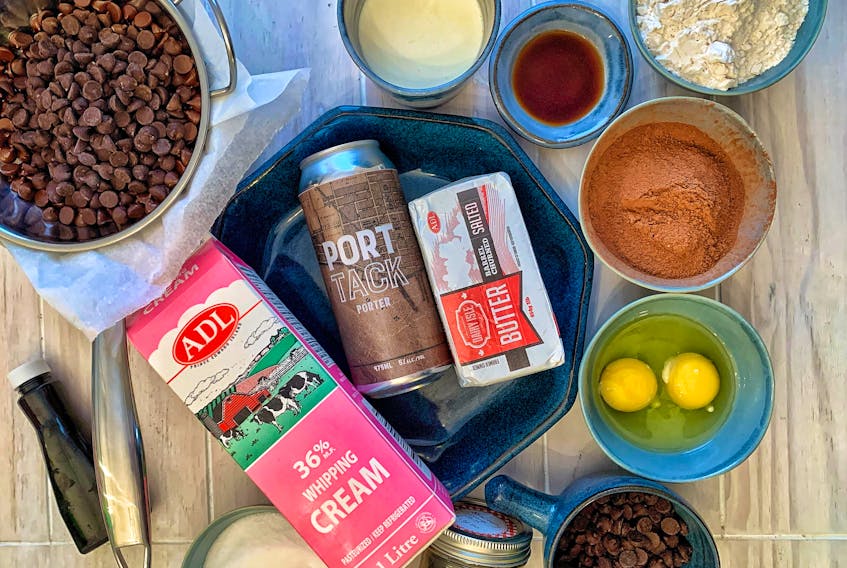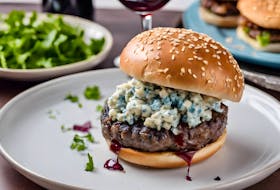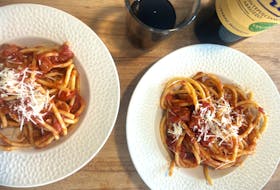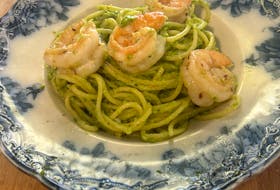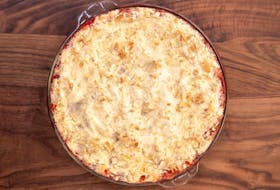It's happened to every home chef - everything seemed to be going along swimmingly, then boom! You've had a kitchen disaster or a recipe completely flop - and you have no idea why.
Chef Ilona Daniel has identified 10 of the most common kitchen mistakes - and offers suggestions on how to solve them.

1. Did you read it all?
One of the easiest troubleshooting strategies in the kitchen comes down to this: Did you read the recipe all the way to the end? Much like an M. Night Shyamalan movie, some recipes don’t end the way you might expect them to. Do yourself a favour and read the recipe from start to finish. A recipe can help you map your way through the cooking process; do your homework.
2. Pre-ground black pepper is just food confetti
I apprenticed under some very intensely passionate chefs and one of the overlaps between them was the insistence on the use of freshly cracked black pepper.
Black pepper is a spice, and spices contain essential oils. Over time, these essential oils dissipate into the air, and when spices are ground the process happens more quickly. As these essential oils dissipate, so does the flavour.
Black pepper, when it is freshly ground cracked, has such a beautiful fragrance including some floral hints. Do yourself a favour and invest in a coffee grinder specifically for your spices and grind small quantities of black pepper to keep your seasoning game strong.
3. Did you know your salt contains sugar?
Yes, you heard me. If you don’t believe me, head over to your kitchen and pick up the box of table salt. Look at the ingredients list. Are you shocked? Much like the above, my chefs taught me to always use kosher salt or sea salt in my cooking; I haven’t looked back.
4. Always make sure the chef gets a taste!
Even though many of us were told that we would spoil our appetite if we had a bite, I would like to encourage you to taste a little bit along the way.
One of the big lessons we teach our students at The Culinary Institute of Canada is the importance of seasoning as you go. At each step of the cooking process, you want to build the flavour and allow the seasoning to permeate the ingredients and not merely the surface.
5. Overcrowding is the highway to sog city
If you are trying to sear something in a pan, avoid over-crowding the pan. Otherwise, you will end up with a product that is getting steamed rather than browned.
6. Make it taste like the sea
My mentor in culinary school grew up in an Italian-Canadian household, and for him and his family, that meant there was a lot of pasta to enjoy at mealtime. When he taught us about how to prepare pasta, he was very passionate and expressive. When it comes to seasoning your pot of water to boil pasta, the chef always told us to season it aggressively; it should taste like the sea.
If you’re extra keen, chef always preferred us using sea salt in this application.
7. Warm-ups are good for your pans, too
There are very few items that do well in starting the cooking process in a cold pan. If a recipe asks for you to pre-heat a pan to a certain temperature, you should follow the directions. How hot a pan is at the beginning of the cooking process can have a vast difference in the final product.
8. Just put down those tongs, please!
Once you’ve placed your piece of protein into the pre-heated pan; leave it alone! If you are looking to achieve a proper sear, it needs time to do so. Practice patience.
9. Pretend you’ve got your own TV show
Once you’ve taken the time to read your recipe from start to finish, the next step is to get your mise-en-place in order. Mise-en-place literally translates to, “things in their place”.
Rather than getting too bogged down in terminology, think of it as you are getting ready to be the star of your very own cooking show. If you’ve ever watched a cooking video, the host always has the ingredients chopped and organized in the order of usage according to the recipe.
Don’t feel the need to use all of the little dishes for each ingredient; when I am at home, I use a dinner plate and organize the ingredients like a painter’s palette.
10. Stay sharp!
Keeping your knives sharp might be one of the most contentious conversations I have with home cooks. It is fairly common to see most people use steak knives or paring knives to do the bulk of the chopping in their kitchen.
The idea of the quintessential chef knife is intimidating to some and overkill to others. This simply is not the case. If it was more efficient to prepare our ingredients in the professional kitchen with a very small knife, we most certainly would.
The shape of the chef’s knife is designed to be able to process tough ingredients, like a butternut squash, but be versatile enough to achieve the fine brunoise of a shallot used in a salad. Moreover, the sharpness of a blade contributes to the overall eating pleasure of whatever might be on the menu.
The reason for this really goes down to the cellular level. If your knife is dull, as you cut the food, the cellular structure is literally being torn rather than sliced. Also, much like tearing your ingredients, a dull knife can cause more damage when you cut yourself because you are tearing.
Chef Ilona Daniel's food column, Food Seductress, runs on the first Friday of each month. She welcomes comments from readers by email at [email protected] or on twitter

